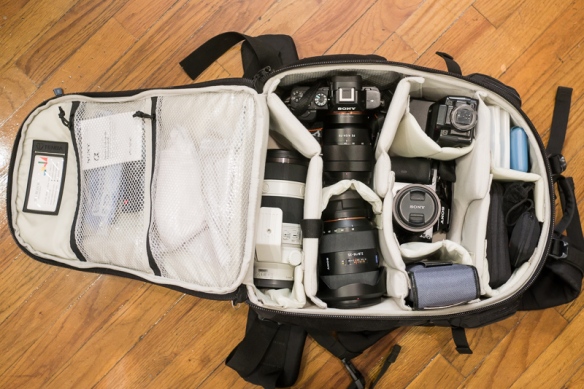This past year I have taught a number of photo workshops in various parts of the world. Whether in New York City, the Sahara desert or the mountains of Tibet my students all benefit by being reminded of these basic tenets of photography.
1. Know your camera. Use it once a week so you are adept at all of the controls. Don’t take it out just for vacations, holidays and birthdays
2. Get closer to your subject; Zoom with your feet not with your lens.
3. Don’t concentrate on just the central part of the frame. Look at the entire image in your viewfinder. Is your background helping or hurting your picture?
4. Watch your composition. Do not put your subject’s head in the middle of the frame. You will end up with only half of a picture. The top half will be empty sky or something else unimportant. Focus on your subject, then recompose.
5. Use a high shutter speed to keep your images sharp. Increase your ISO if you can’t achieve a high shutter speed.
6. Work the situation, don’t take one or two photos and move on. Keep shooting, changing angles and your point of view.
7. Be aware of light. Look at shadows and the angle of the light. Great light makes for great photos
8. Be careful when using wide angle lenses on landscapes. The camera will “see” a wide vista but will not focus on details like trees or waterfalls. This is because your eyes and brain see differently than your equipment.
9. Don’t overload yourself with equipment. You can shoot much faster and catch moments when you aren’t changing lenses.
10. And most importantly, Think Before You Shoot.























